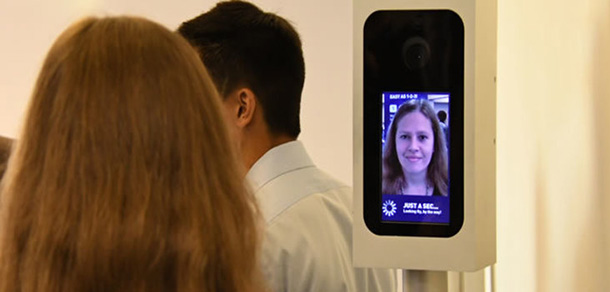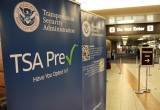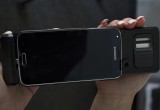Customs official predicts major biometric exit technology push
13 December, 2017
category: Biometrics, Government, Transit
Biometric exit technology could find a home in all major U.S. airports within four years, a customs official has told lawmakers. The long gestating deployment, meant to track and ensure that foreign travelers depart airports, received a boost earlier his year when an executive order from President Trump called for the Department of Homeland Security to “expedite” the technology. A nationwide biometric exit deployment could cost up to $600 million in first year costs alone.
CBP is working to fully scale out air biometric exit and will spend 2018 working with stakeholders to get commitment to deploy biometric exit technology
Acting Customs and Border Protection Commissioner Kevin McAleenan told members of the U.S. Senate Finance Committee that all major U.S airports would have biometric exit technology within four years. “Beginning in early 2018, CBP is working to fully scale out air biometric exit and will spend 2018 working with stakeholders to get commitment to deploy biometric exit technology,” McAleenan told senators, according to a transcript of the hearing.
Already, Customs and Border Patrol is testing biometric exit systems at Hartsfield-Jackson Atlanta International Airport, Washington Dulles International Airport, Houston George Bush Intercontinental Airport, Chicago O’Hare International Airport, Las Vegas McCarran International Airport, Houston William P. Hobby Airport and John F. Kennedy International Airport in New York City.
The customs agency also has reportedly deployed facial recognition technology to Miami International Airport in recent months in advance of a biometric exit effort there. “CBP has also launched a partnership with the Transportation Security Administration at JFK to test facial biometric matching to determine how CBP’s facial recognition biometric exit might be leveraged for checkpoint operations,” McAleenan told senators.
Biometric exit technology deploys to land crossings
The spread of biometric exit technology also applies to certain land crossings, with McAleenan anticipating the deployment of facial recognition technology to the entry and departure points of three southern land border crossings—the DeConcini and Morley Gate ports of entry in Nogales, AZ and San Luis, AZ, in fiscal year 2018. “CBP is considering public private partnerships for biometric exit in the land environment,” he said.
This apparent boost for biometric exit technology follows comments in late spring from John Wagner, Customs and Border deputy executive assistant commissioner, that the agency had run out of “time” and “excuses” to deploy such systems. And in January, President Trump signed an executive order that focused on preventing foreign terrorists from entering the United States but also called not only for the quick deployment of biometric exit technology but the construction of a database that would counter the use of passports by multiple travelers.
Though the United States has collected biometrics from foreign visitors since 2002 via what has become the Office of Biometrics and Identity Management, the system that tracks exit has faced numerous challenges—not the least of which is dealing with airport architecture, which would be costly to reform to make biometric exit more efficient.
In his recent testimony, McAleenan did not go into detail about those challenges, or the cost of the planned biometric exit deployment in the coming four years. In 2013, the Center for Immigration Studies said that a nationwide biometric air and sea exit program would cost from $400 million to $600 million in first year implementation costs.




